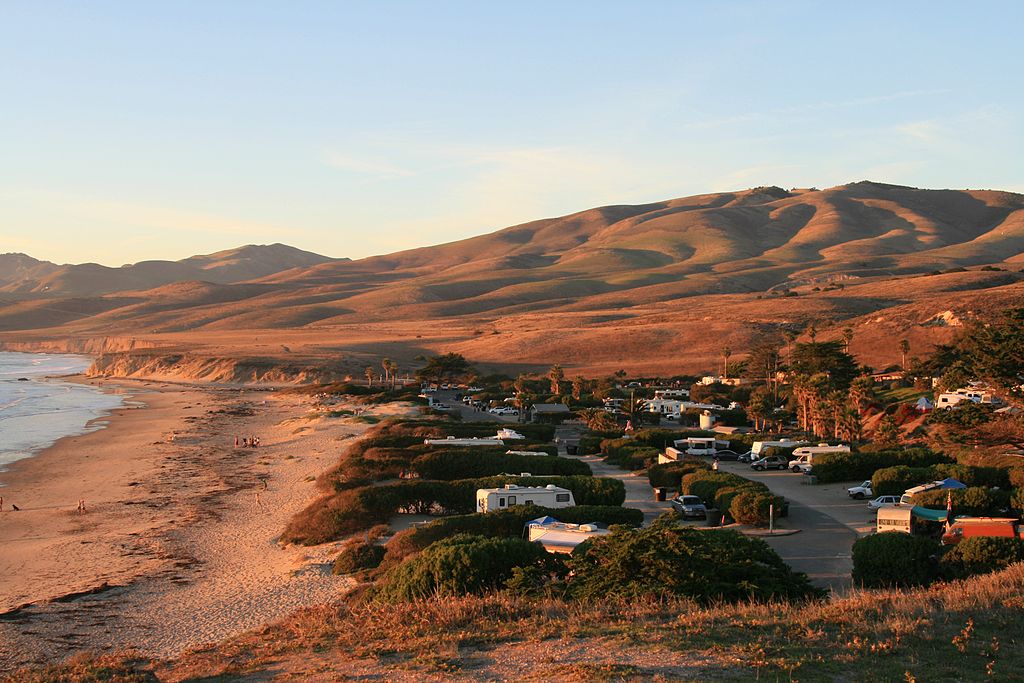By John Copeland
Contributing Writer
As months go, July is a little unusual. Most of the other months of the year are named for either gods, goddesses, festivals or numbers.
July is one of two months named for an actual person, in this case Gaius Julius Caesar. The other is August, which honors Julius Caesar’s great nephew and the first Roman emperor, Gaius Octavius, better known in history as Caesar Augustus.
How did this happen? Well, all the months of our calendar were handed down to us by the Romans. July was originally the fifth month of the ancient Roman calendar and named Quintilis, which is Latin for “fifth.” During his rule, Caesar reformed the Roman calendar, because its inaccuracies had, over time, allowed the months to drift out of sync with the seasons; January, for example, fell in autumn. Caesar’s reformation created the Julian calendar, which closely resembles the Gregorian calendar we use today, and was more closely synced to the year’s seasons.
After Caesar’s assassination in 44 B.C., the Roman Senate renamed the month Quintilis to Julius. Caesar had been born during the month of Quintilis, so for the Senate it was the natural choice for honoring him.
July is also when the hot, sultry “dog days” of summer begin. I’m sure for just about everybody the phrase “the dog days of summer” conjures up the image of summertime’s hottest, most sultry days. Today, many people believe the dog days are a reference to the conspicuous laziness of domesticated dogs and humans “dogging” around, or being “dog tired” during hot summer days. As quaint as these sayings are, these phrases have nothing to do with the original meaning of the dog days, but over time they have become part of our common vernacular.
The Romans called the dog days, in Latin, “diēs caniculārēs.” According to John Brady’s history of our calendar, “Clavis Calendarium,” printed 1813, the Romans believed it to be an evil time “when the seas boiled, wine turned sour, dogs grew mad, and all creatures became languid, causing to man burning fevers, hysterics, and phrensies (frenzies).”
In reality, the dog days refer to the days when the star Sirius is brightest in our sky and rose and set with the sun. If you get up early in the morning during July through early August, go outside and watch the sunrise, you will see both the sun and Sirius climbing into the heavens.
The ancient Romans and Greeks called Sirius the “Dog Star” because it is the brightest star in the constellation Canis Major (Big Dog). They also noticed that the hottest days of the year occurred during the conjunction of Sirius and the sun. It makes sense that the name of the Dog Star, in ancient Greek, “Serios,” means “scorching.” They incorrectly assumed that Sirius and the sun were acting in league to create “days of great heat.” But, the dog days, when Sirius rises with the sun, are not the hottest days of the year.
Our summer heat is not caused by the added radiation from far-away Sirius, regardless of its brightness. Warm summer weather is a direct result of Earth’s tilt on its axis. During the summer months, the position of the Northern Hemisphere allows the rays of sunlight strike it more directly. Because Earth’s oceans heat up and cool down slowly, it takes time for the summer sunlight to have a warming effect. In July, the oceans are still cool from the winter and that delays peak summer heat by about a month and a half.
In ancient Egypt, the Nile River flooded each year, usually beginning in late June. The people welcomed this event, called the Inundation, because the floodwaters brought rich soil needed to grow crops in what was otherwise a desert.
No one in Egypt knew exactly when the flooding would start, but they noticed a coincidence that gave them a clue: The water began to rise on the days when Sirius began to rise before the Sun. The ancient Egyptians called Sirius “Sothis.” Sothis and the Inundation became so important to the Egyptians’ survival that they began their new year with the new moon that followed the star’s first appearance on the eastern horizon.
Today, the Dog Star rises later than it did in ancient times. Its ascension no longer coincides with the start of the Nile flood, which incidentally, no longer occurs, because the river is now controlled by the Aswan Dam. The change is due to the very slow wobble of Earth’s axis the stars in our night sky shift independently of our calendar seasons. The shift is about 1 degree every 50 years. The term for this is the precession of the equinoxes. The constellations we see in the night sky, today, have moved roughly 41 degrees from their positions in the sky in ancient times. Sirius still makes its appearance during hot summer days. But today, the dog days of ancient Rome are not the dog days for us. Roughly 13,000 years from now, the conjunction of Sirius and the sun will not even occur during the summer. Sirius will then be rising with the sun in mid-winter. Then, we may be referring to the dog days of winter. But for now, most of us see the dog days as the start to our vacations.





